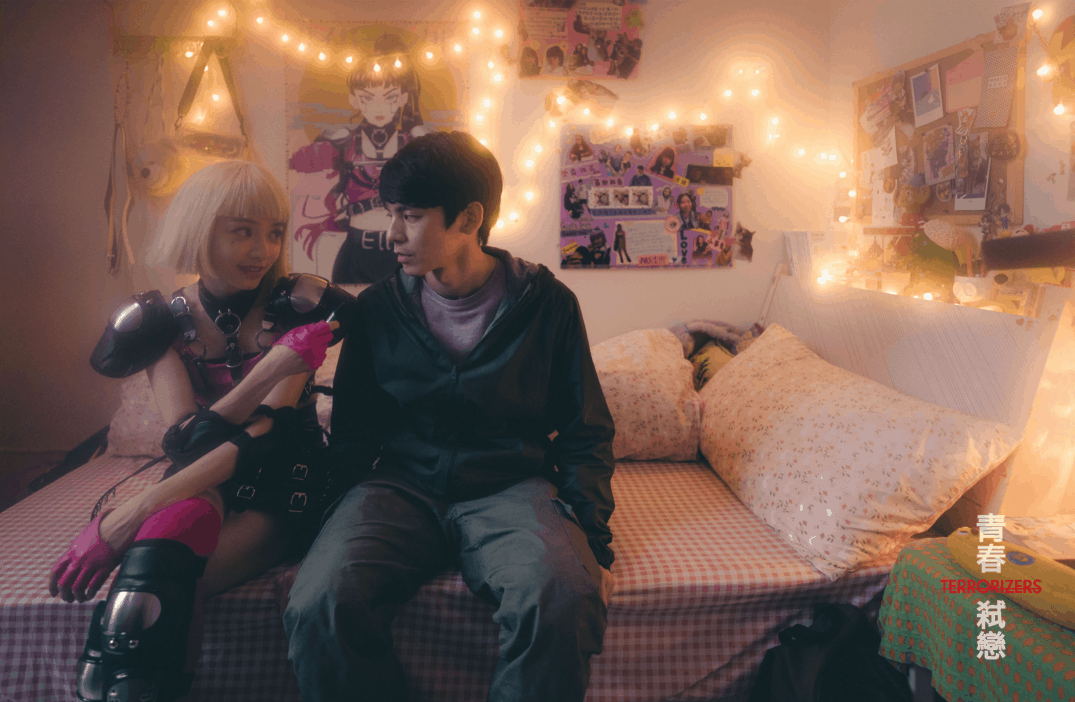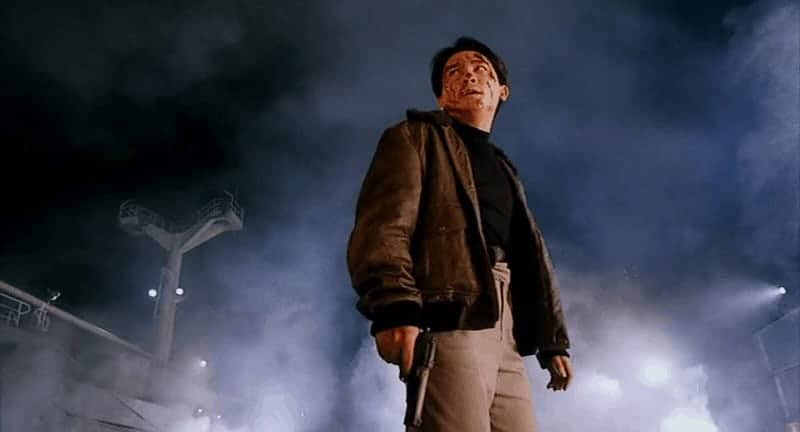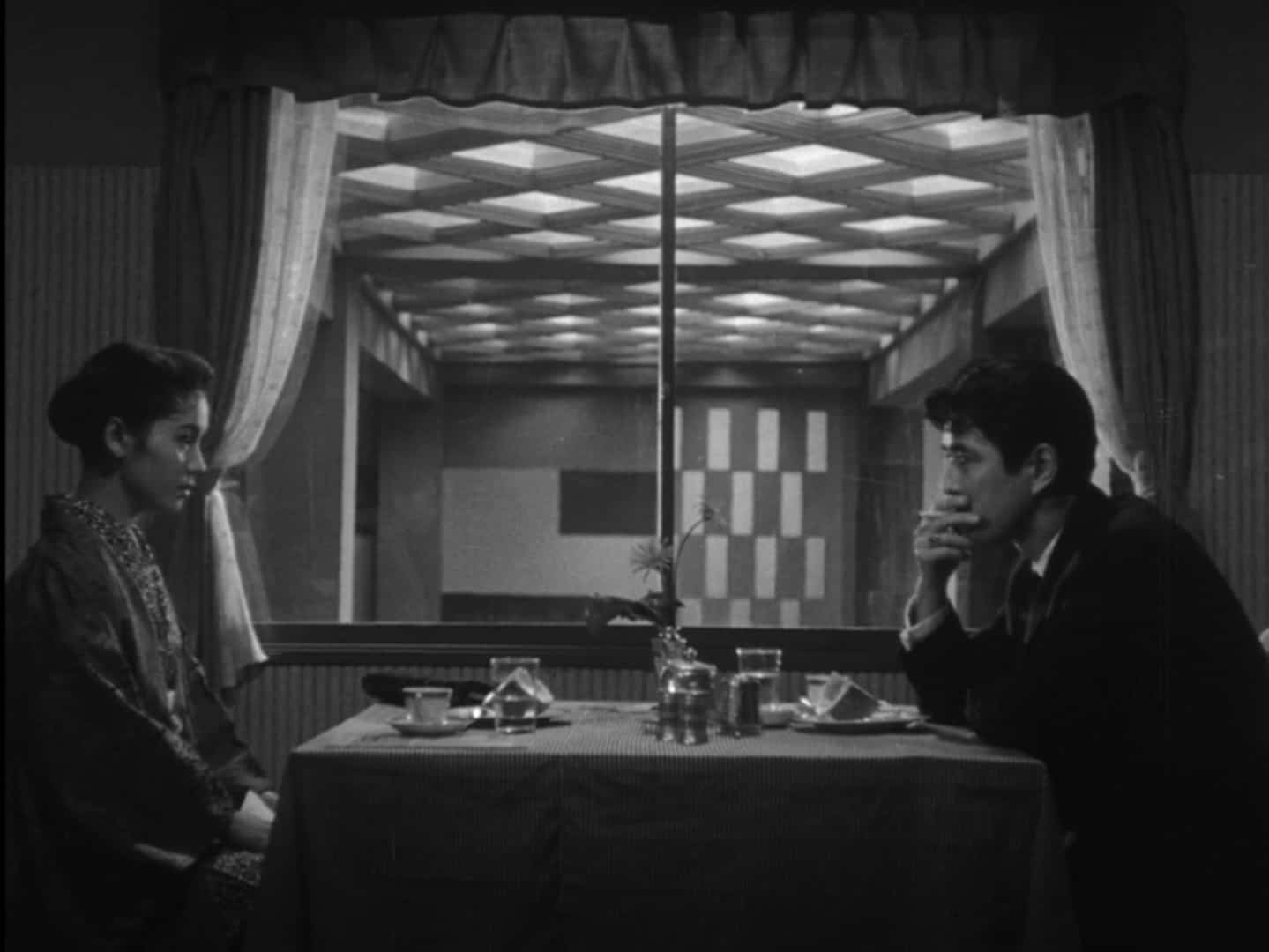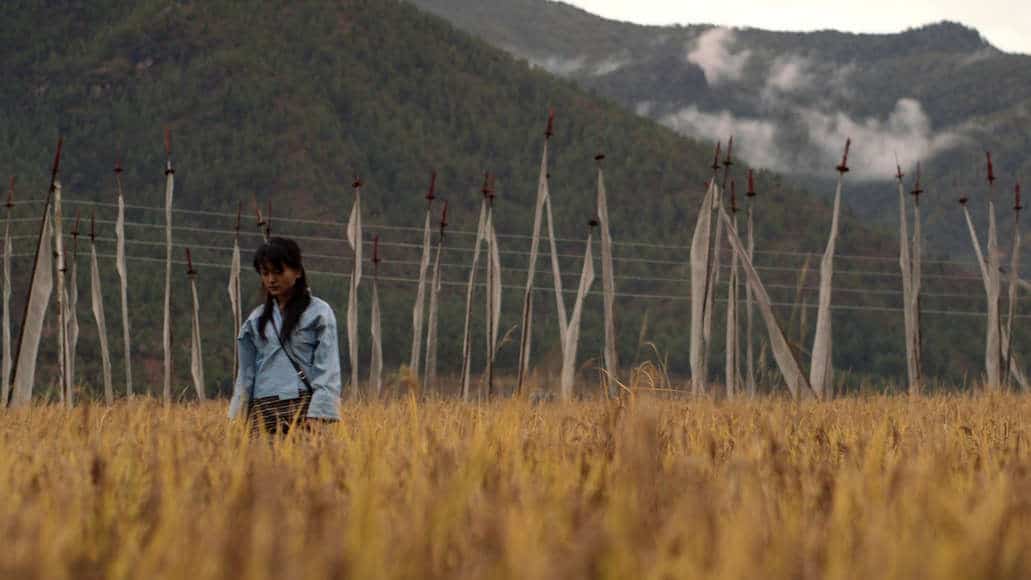Space is an incredibly important aspect when it comes to creating atmosphere in a horror movie. Many directors have understood that idea as they made unforgettable entries within the genre, relying to a certain extent on the place where they were shot. However, when it comes to the haunted house category, especially when it is blended with the found-footage sub-genre, many screenwriters and directors tend to use real or lost places in order to create suspense and a creepy atmosphere from the start on. Given its emphasis on genre cinema, it is no surprise the South Korean film industry have jumped on the band wagon with features such as “Gonjiam: Haunted Asylum” or “The Grotesque Mansion”. It is also a genre which director Sim Deok-Geun belongs to with “Guimoon: The Lightless Door”, a horror feature combining a haunted location, parallel narratives as well as light found-footage-esque scenes.
Guimoon: The Lightless Door is screening at London Korean Film Festival

After his mother, a well-known shaman, died trying to banish an evil spirit living inside an abandoned community center, her son, Do-jin (Kim Kang-woo) takes over where she left off, swearing to finish her job and also give her restless soul peace in the process. Within the building, he finds traces of a group of people having entered the facility some years prior, leaving clues of what might have happened to them. With the help of a page from a ledger, he makes his way through the empty apartments, in search for the spirit of his mother as well as the souls of the victims of the killer, who was seemingly possessed by the evil spirit ordering him to kill all that entered the building.
Meanwhile, a group of students planning to create a spooky video to gain entry into a film competition, gain entrance to the abandoned building. However, as they are about to leave, they find out they are unable to, as they keep returning to the same level of the building again and again, even though they used the stairs. Before they can make sense out of all this, they are attacked by an unknown entity who attacks from nowhere and who managed to spark fear in the students. While fleeing, they run into Do-jin and join forces to make their way out of the building, and the shaman realizes, much to his shock, he has traveled in time since the young students who have left the graffiti downstairs a few years back must be the ones he has crossed paths with now.
Although the plot sounds overly complicated, there is very little problem when it comes to following the narrative in Sim Deok-Geun, especially due to its reliance on genre conventions. Most specifically the first part, following Do-jin's exploration through the various apartments of the community center, finding evidence of what has happened here and also listening to the sounds of the building, makes for an intriguing, very suspenseful episode. While establishing the character and his storyline, Sim also cleverly utilizes the location, supported by effectively sparse use of lighting and Yoon Jong-ho's cinematography.
However, it is precisely when the two groups, or rather time frames, intertwine, when “Guimoon” starts to crumble somewhat. In an attempt to heighten the tension further, the story tends to rely on jump scares a little too much, some of which quite predictable, which, ironically, even the characters themselves comment on. Watching the progression of the story, you cannot help but thinking whether stressing the various repercussions of the two narratives, the one of the shaman and the one from the students, further would have made for a much more mysterious and all in all satisfying finale. There is also very little progression with the characters themselves, which is also a bit of a shame, especially given the undeniable talent of such actors like Kim Kang-woo whose charismatic performance as Do-jin would have benefited from an eye for detail and development.
In the end, “Guimoon: The Lightless Door” is an atmospheric blend of mystery and horror in its first part but loses its focus as the story progresses, spending too much time relying on predictable jump scares and other things.
















